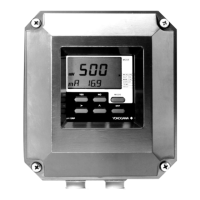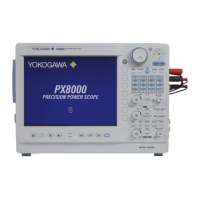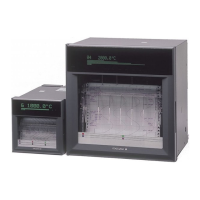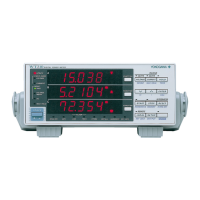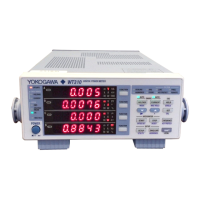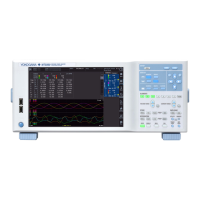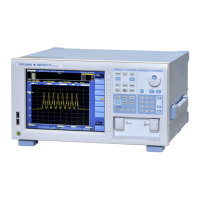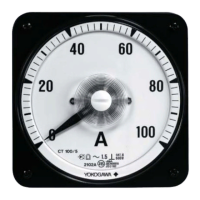<5. Inspection and Maintenance>
5-1
IM 12B07W01-04EN 1st Edition : Nov. 11, 2016-00
5. Inspection and Maintenance
We recommend product inspection and maintenance be implemented once a year regularly.
Annual inspection and maintenance requires system operation shut down , still it is highly
valuable for the sustainable system performance. Refer to sub section 4.4.2 to check the
itemised inspection and maintenance, such as relling the tank with chemical solution, required
to maintain normal system operation. For inspection and maintenance of PH450G pH/ORP
Converter, FLXA202/FLXA21, and PH8EFP pH sensor, refer to the corresponding user’s
manuals supplied with each of these instrument.
5.1 Inspection and Maintenance of Operating
Unit for PH8SM3 Chemical Cleaning System
5.1.1 Inspection of Piping (between chemical cleaning
chamber and holder)
Inspect the lines running from the chemical cleaning unit to the holder to ensure that they have
no physical damage or no loosening in the couplings. If any defect, such as physical damage, is
found, replace these lines. In addition, if the tubing for forced feeding of the chemical solution is
contaminated with dirt which may affect the ow of uid, replace the tubing.
Always use tubing Ø6 x Ø 4 mm in size for the tubing. Use same length of tubing even after
the tube is replaced. For piping procedures to pipe between chemical solution tank and holder
cleaning chamber, you need tubes with chemical resistance. For further information, see
Subsection 3.1.
l Replacement and material of tubings.
Chemical Cleaning pH measuring system uses polyethylene or Fluoropolymer((PTFE)) tubing
because thet have excellent chemical resistance and provide easy piping. These materials,
however, show limited weather resistance. It is, therefore, recommended that you replace the
tubing including ttings, once every year or two even if you do not observe any anomaly (for
example, extensive deterioration in the material). If polyethylene tubing seems to be easily
deteriorated due to its outdoor use, other material tubing such as Fluoropolymer((PTFE)) may be
appropriate.
When piping your system with using materials other than polyethylene tubing, take note of the
following:
• Use metal tubing with the size 6 (OD) x 4 (ID) mm even when installing a dedicated
pneumatic line (between the control box and air cylinder). In that case, use a tting for metal
tubing (Rc l/4 connection).
• For piping for the forced feeding of a chemical solution, choose a resistant material such as
Fluoropolymer (PTFE). When using Fluoropolymer (PTFE) tubing, select dedicated tting
(Rc 1/4 connection). Using regular ttings may cause piping disconnected.
5.1.2 Inspection of Solenoid Valves
Conrm that air is not getting into the holding tank for the chemical solution while the SV1
solenoid valve in the control box for forced feeding of the solution remains closed.
The valve must be replaced if there is any air leakage.
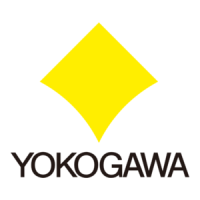
